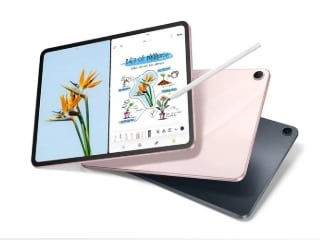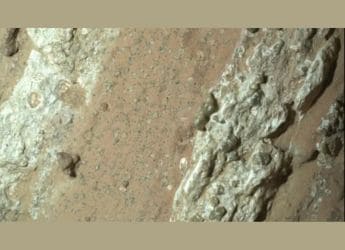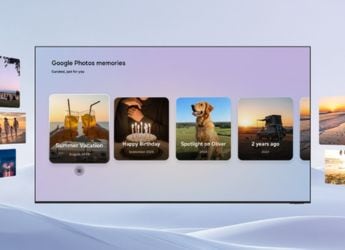- Home
- Science
- Science News
- Water Separates Into Two Different Liquids in Supercooled Conditions, Study Shows
Water Separates Into Two Different Liquids in Supercooled Conditions, Study Shows
The researchers used a colloidal model and two widely used molecular models of water were used in the simulation.

Photo Credit: Pixabay
The colloidal model of water provides a magnifying glass into molecular water, a researcher said
Water transforms into ice upon freezing and evaporates at elevated temperatures. These are the commonly known properties of water. However, now a team of researchers have demonstrated that water splits into two different liquids under low temperatures. This new kind of phase transition in the water was first proposed in a study 30 years ago. However, as the transition takes place in supercooled conditions, where water tends to become ice, observing the elusive liquid-liquid transition had been difficult. To overcome this, team from the University of Birmingham used computer simulation to explain how the two liquids differ at the microscopic level.
In their simulation, a colloidal model and two widely used molecular models of water were used. Colloid particles can be a thousand times larger than a single water molecule and due to this massive size and slower movements, they are used to observe physical phenomena that occur at much smaller scales.
“This colloidal model of water provides a magnifying glass into molecular water, and enables us to unravel the secrets of water concerning the tale of two liquids,” said Dr Dwaipayan Chakrabarti, associate professor in Soft Matter. Chakrabarti is also co-author of the study published in Nature Physics.
The team noticed that of the two liquids, the high-density liquid had water molecules arranged in a form that is considered topologically complex. This arrangement can be compared to links in a steel chain. Due to this, the molecules in the high-density were said to be entangled.
Meanwhile, in the low-density liquid, the water molecules mostly formed rings and thus they were called unentangled.
“This insight has provided us with a completely fresh take on what is now a 30-year-old research problem, and will hopefully be just the beginning,” said Chakrabarti.
The team now hopes that their work will inspire other theoretical modelling based on topological concepts. Researchers also expect the model may pave the way for new experiments that will extend the concept of the entagled liquid to other liquids like silicon.
Get your daily dose of tech news, reviews, and insights, in under 80 characters on Gadgets 360 Turbo. Connect with fellow tech lovers on our Forum. Follow us on X, Facebook, WhatsApp, Threads and Google News for instant updates. Catch all the action on our YouTube channel.
Related Stories
- Samsung Galaxy Unpacked 2025
- ChatGPT
- Redmi Note 14 Pro+
- iPhone 16
- Apple Vision Pro
- Oneplus 12
- OnePlus Nord CE 3 Lite 5G
- iPhone 13
- Xiaomi 14 Pro
- Oppo Find N3
- Tecno Spark Go (2023)
- Realme V30
- Best Phones Under 25000
- Samsung Galaxy S24 Series
- Cryptocurrency
- iQoo 12
- Samsung Galaxy S24 Ultra
- Giottus
- Samsung Galaxy Z Flip 5
- Apple 'Scary Fast'
- Housefull 5
- GoPro Hero 12 Black Review
- Invincible Season 2
- JioGlass
- HD Ready TV
- Laptop Under 50000
- Smartwatch Under 10000
- Latest Mobile Phones
- Compare Phones
- Honor Win RT
- Honor Win
- Xiaomi 17 Ultra Leica Edition
- Xiaomi 17 Ultra
- Huawei Nova 15
- Huawei Nova 15 Pro
- Huawei Nova 15 Ultra
- OnePlus 15R
- Asus ProArt P16
- MacBook Pro 14-inch (M5, 2025)
- OPPO Pad Air 5
- Huawei MatePad 11.5 (2026)
- Xiaomi Watch 5
- Huawei Watch 10th Anniversary Edition
- Acerpure Nitro Z Series 100-inch QLED TV
- Samsung 43 Inch LED Ultra HD (4K) Smart TV (UA43UE81AFULXL)
- Asus ROG Ally
- Nintendo Switch Lite
- Haier 1.6 Ton 5 Star Inverter Split AC (HSU19G-MZAID5BN-INV)
- Haier 1.6 Ton 5 Star Inverter Split AC (HSU19G-MZAIM5BN-INV)

















